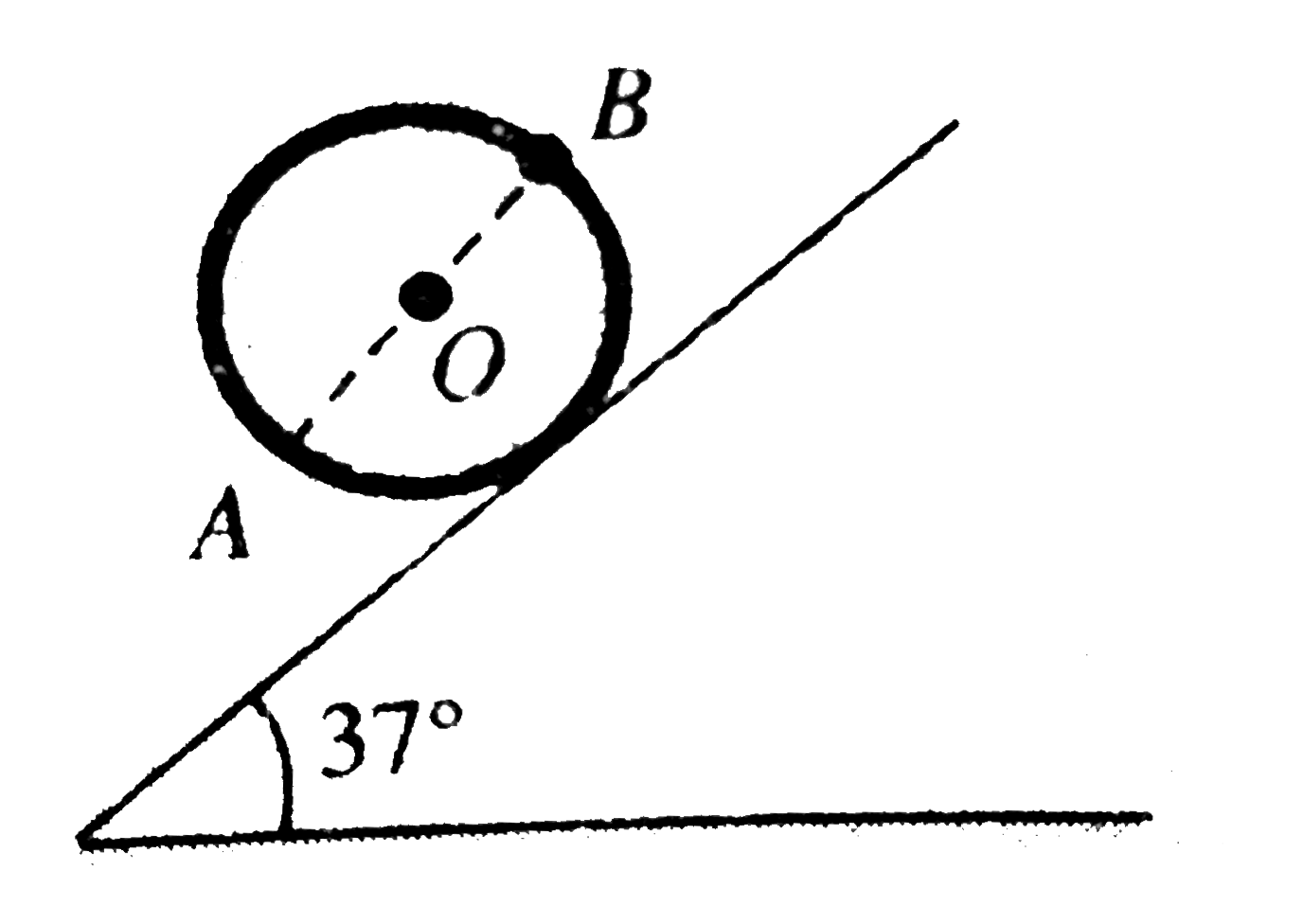The minimum number of forces of equal magnitude in a plane that can keep a particle in equilibrium is
Step by step video & image solution for The minimum number of forces of equal magnitude in a plane that can keep a particle in equilibrium is by Physics experts to help you in doubts & scoring excellent marks in Class 11 exams.
Updated on:21/07/2023Topper's Solved these Questions
Similar Questions
What is the minimum number of forces acting on an object in a plane that can produce a zero resultant force ?
View SolutionA uniform solid sphere of mass 1kg and radius 10 cm is kept stationary on a rough inclined plane by fixing a highly dense particle at B. Incination of plane is 37∘ with horizontal and AB is the diameter of the sphere which is parallel to the plane, as show in figure. Calculate

a. mass of the particle fixed at B
b. minimum required coefficient of friction between sphere and plane to keep sphere in equilibrium.
View Solution
Knowledge Check
The minimum number of unequal forces in a plane that can keep a particle in equilibrium is
A4B2C3D6The minimum number of vectors of equal magnitude required to produce a zero resultant is :
A2B3C4Dmore than 4The minimum number of vectors of equal magnitude required to produce zero resultant, is
A2B3C4DMore than 4
Minimum numbar of vectors of unequal magnitudes which can give zore resultant are
View SolutionThree forces of magnitude 30, 60 and P Newton acting on a particle and particle is in equilibrium. If the angle between the first two forces is 60∘, the value of P is
View SolutionThe minimum number of points of intersection of three lines in a plane is
View SolutionThree positive charges of equal magnitude q are placed at the vertices of and equilateral triangle of side l. How can the system of charges be placed in equilibrium?
View SolutionAssertion : A body subjected to three concurrent forces cannot be in equilibrium.
Reason : If large number of concurrent forces acting on the same point, then the point will be in equilibrium, if sum of all the forces is equal to zero.
View Solution
